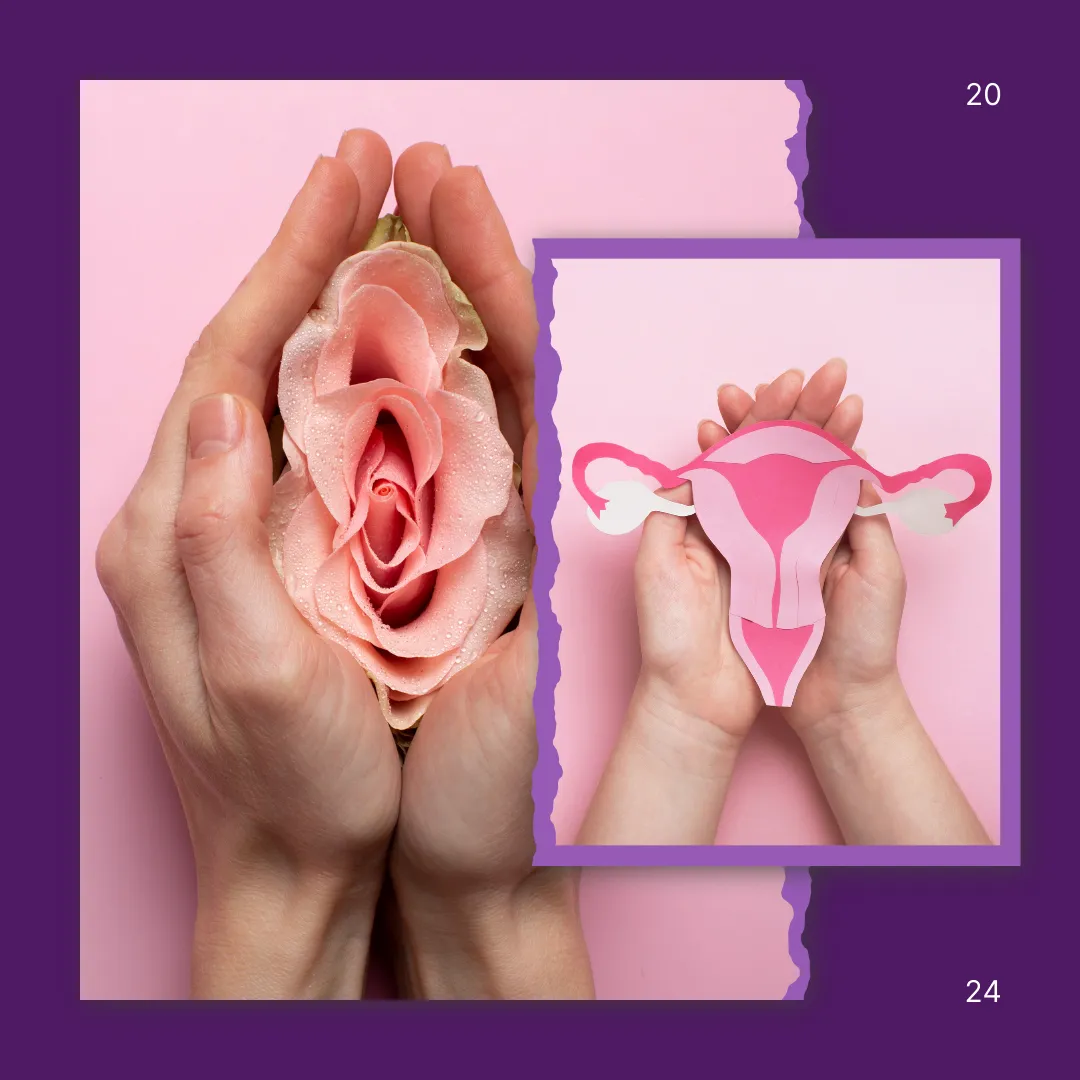
The 2025 GSM Guidelines: What Clinicians and Midlife Women Need to Know
The 2025 GSM Guidelines: What Clinicians and Midlife Women Need to Know
Main Keyword: Genitourinary Syndrome of Menopause (GSM)
Alt Text for Featured Image: Diagram of genitourinary symptoms in menopause with labeled anatomy
The American Urological Association just released its 2025 clinical guideline for Genitourinary Syndrome of Menopause (GSM)—and it’s a long-overdue update that validates what many women and clinicians already know: GSM is real, it's treatable, and it has a significant impact on midlife health.
As a certified menopause practitioner, I see firsthand how symptoms like vaginal dryness, burning, pain with intimacy, and urinary frequency interfere with women’s quality of life. These symptoms are common—but they are not normal, and they’re certainly not something women should be told to “just live with.”
This new guideline brings clarity, evidence, and structure to the evaluation and treatment of GSM. Let’s walk through the key updates.
What Is Genitourinary Syndrome of Menopause (GSM)?
GSM is the medical term that describes a constellation of vulvovaginal and urinary symptoms caused by the natural decline in estrogen and androgens during perimenopause and menopause. Symptoms can include:
Vaginal dryness
Burning, irritation, or itching
Pain with sex (dyspareunia)
Decreased arousal or lubrication
Urinary urgency, frequency, and nighttime urination
Recurrent urinary tract infections (UTIs)
Altogether, these symptoms can affect intimacy, confidence, daily activities, and emotional well-being.
Importantly, GSM is chronic and progressive. Unlike hot flashes, which may resolve over time, GSM symptoms often worsen without treatment.

GSM Is a Clinical Diagnosis
The 2025 guidelines emphasize that GSM is a clinical diagnosis—you don’t need hormone testing or a battery of labs.
Instead, a focused history and exam are key:
Ask about vaginal dryness, pain, or urinary changes.
Consider coexisting conditions (like lichen sclerosus, infections, or pelvic floor dysfunction).
Offer trauma-informed care and be sensitive to history of sexual trauma.
Hormonal Treatments: Still the Gold Standard
One of the most important affirmations in this update is that local low-dose vaginal estrogen remains first-line therapy for GSM.
Strong recommendation: Vaginal estrogen improves dryness, irritation, and dyspareunia.
Available in creams, tablets, inserts, or a vaginal ring.
Works locally—with minimal systemic absorption.
Additional hormone options include:
Vaginal DHEA (prasterone): Helps with dryness and sexual discomfort (moderate recommendation).
Ospemifene: An oral option for women with dyspareunia who prefer not to use local products.
Critically, the guideline underscores that local vaginal estrogen does not increase the risk of breast or endometrial cancer. This is especially important for breast cancer survivors, who can consider treatment with multidisciplinary input.

Non-Hormonal Options: When Estrogen Isn’t Preferred
For women who prefer to avoid hormones—or want additional support—non-hormonal therapies are still part of the toolbox:
Vaginal moisturizers and lubricants: Recommended for dryness and pain with sex. Can be used alone or alongside other treatments.
Avoid irritants: Harsh soaps, douching, or perfumed products can worsen GSM symptoms.
Pelvic floor physical therapy: A valuable resource, especially for women with pelvic pain or urinary incontinence.
The guidelines clearly state that alternative supplements and herbal remedies are not evidence-based treatments for GSM. While some patients may find relief through integrative support, these should not replace proven therapies.
What About Vaginal Lasers and Radiofrequency?
These devices have been marketed heavily in recent years, but here’s the reality: the evidence doesn’t support their routine use.
Energy-based treatments like CO₂ laser or radiofrequency do not show consistent benefit for GSM symptoms.
They are considered experimental and should only be used in select cases with full disclosure and shared decision-making.
Women deserve transparency about what’s effective—and what’s not.
Safety Matters: Reassurance for Long-Term Use
The guidelines provide critical safety guidance:
No routine endometrial surveillance is needed for local estrogen, DHEA, or ospemifene.
Local vaginal hormone therapy is safe to use long-term—as long as it continues to help.
Side effects are rare but can include irritation or spotting, especially early on.
The message is clear: when used correctly, these treatments are safe and effective.
Why This Guideline Matters
Despite how common GSM is, it’s underdiagnosed and undertreated. Fewer than half of women with symptoms discuss them with their clinician—and too often, providers don’t bring it up.
This guideline urges clinicians to:
Proactively screen for GSM
Use shared decision-making
Normalize conversations about vulvovaginal and urinary symptoms
Offer evidence-based treatment options, not just brush-off reassurance
If you're experiencing GSM symptoms—know this: you are not alone, and help is available.

Summary: Key Takeaways from the 2025 GSM Guidelines
GSM is common, chronic, and clinically diagnosed.
Vaginal estrogen remains first-line treatment—safe, effective, and low-risk.
DHEA and ospemifene are useful alternatives.
Non-hormonal options and pelvic floor therapy can support symptom relief.
Energy-based treatments are not recommended routinely.
Long-term use is safe—and no endometrial surveillance is needed.
Ready to Feel Like Yourself Again?
At Osteopathic Midlife Health, we provide precision-based menopause care grounded in evidence and tailored to you. Whether you're exploring treatment for GSM, navigating perimenopause, or just want to feel more in control of your health—we’re here to help.
📞 Schedule a free 15-minute consult today
